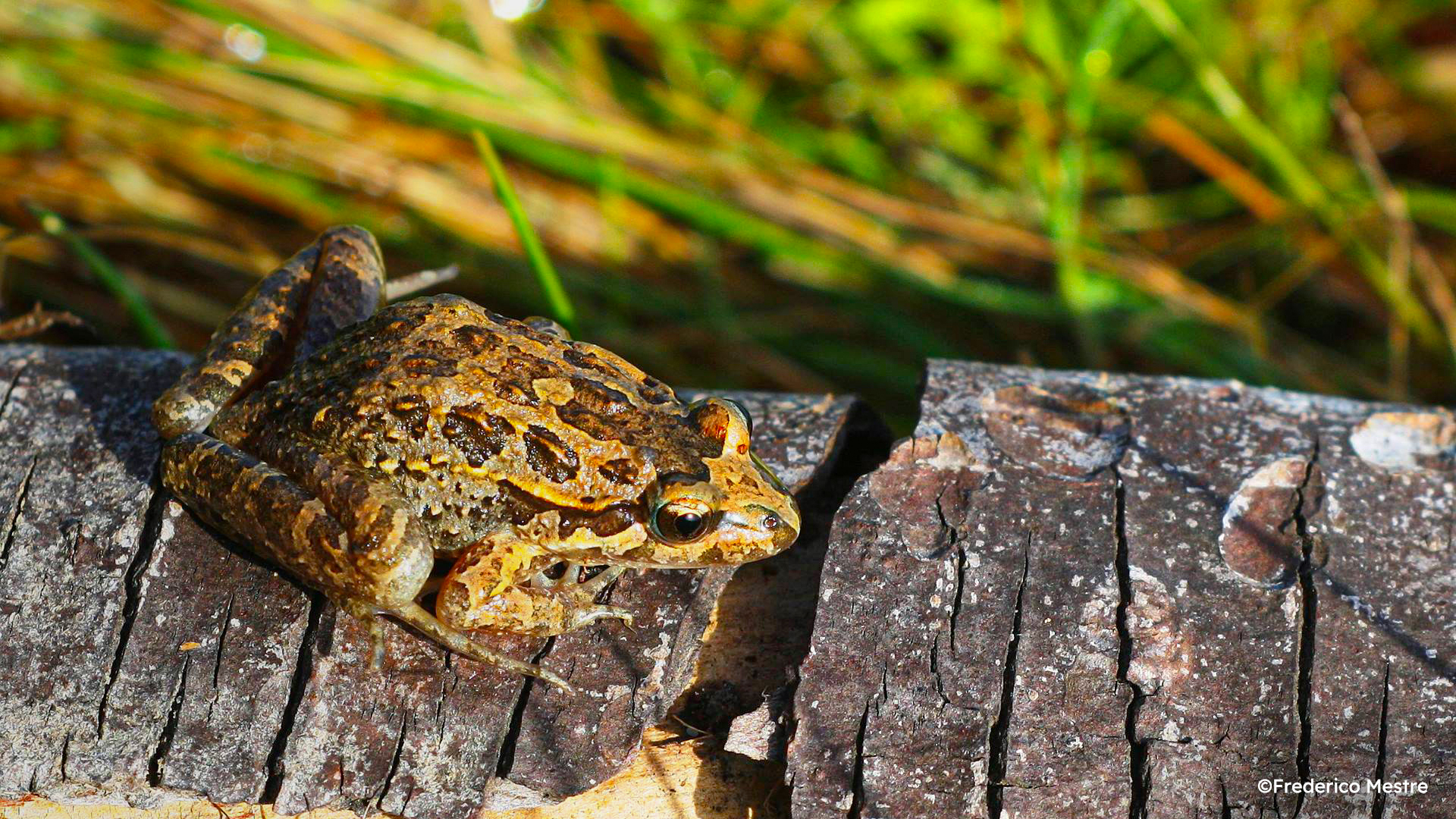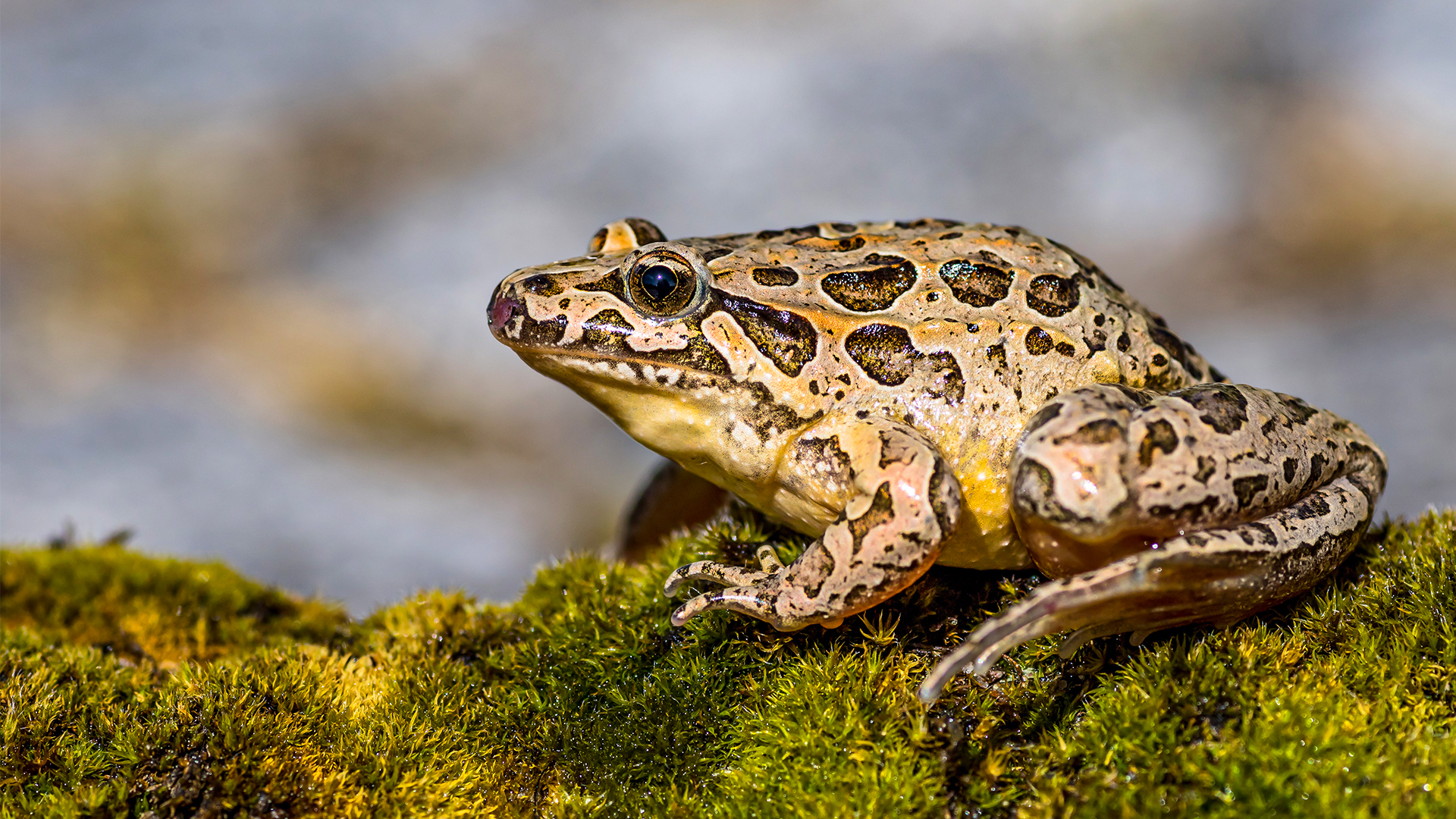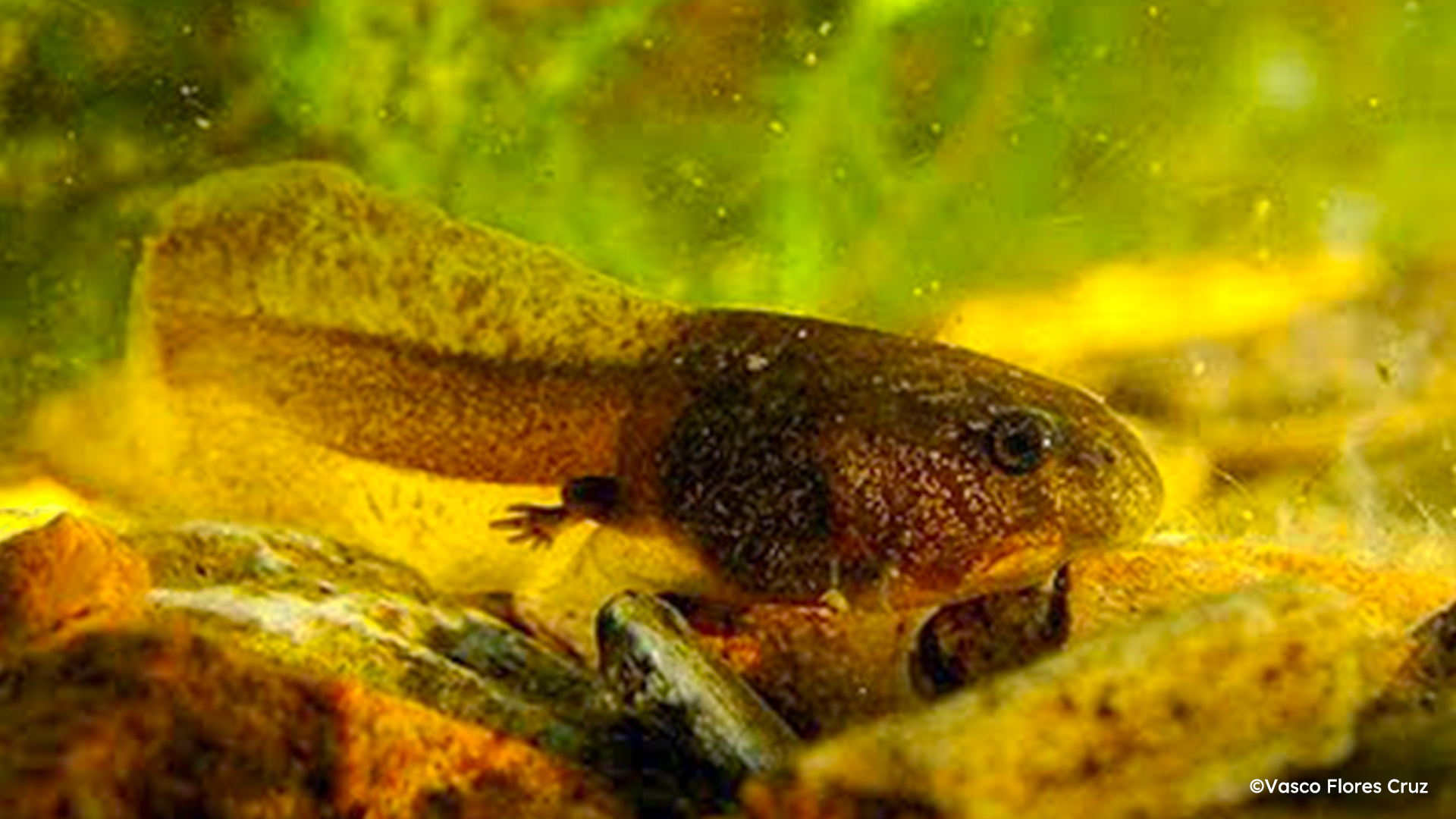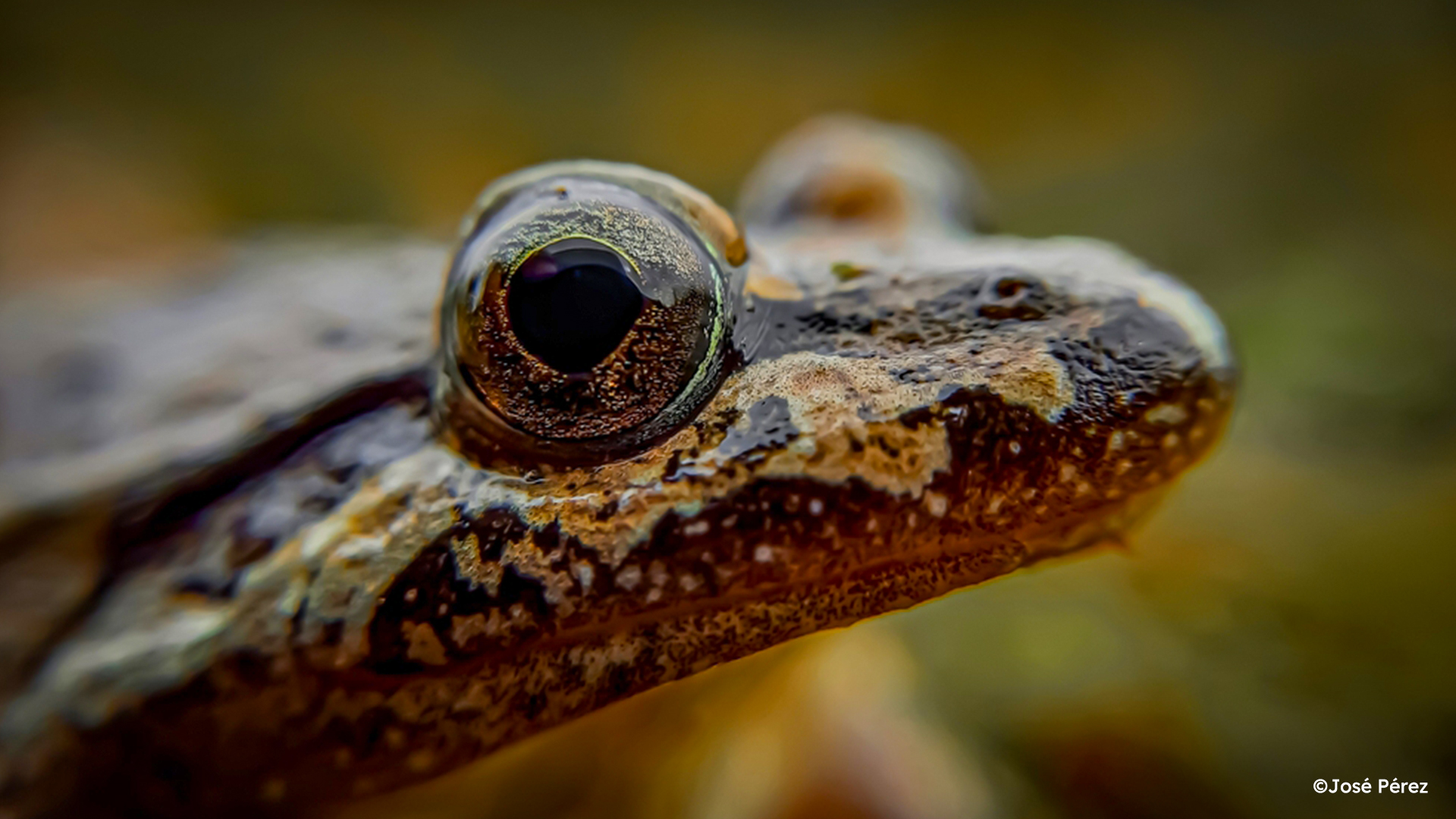Biodiversity conservation has always been of of Navigator’s priorities, which is why the small amphibians to be found in the multiple riverine habitats, puddles and alder groves of its forests, find the right conditions to thrive there.
In the more than 390 hectares of Zambujo, one of the properties under responsible management by the Company and located in Idanha-a-Nova, the Iberian painted frog is part of the list of 57 registered fauna species. The same happens in the North Coast Natural Park, where it is one of the 7 amphibians identified in this park with about 8761 thousand hectares.
Among the main threats to the Iberian painted frog is the change and destruction of their breeding sites and habitats, which can be permanent or temporary (in the case of lakes and ponds), but extremely susceptible to chemical or physical changes.
To that end, conservation measures are being implemented in the several forests managed by Navigator and where the presence of Discoglossus galganoi has been identified.
A fine example is the preservation of the riverine alder grove, in a well-preserved state, one of the habitats sought for shelter, food and reproduction of the species, located in the Caniceira property in the district of Santarém. Protected by the Natura 2000 Network, this habitat (91E0 – Riparian alder groves) is protected by good management practices and some habitat improvement or maintenance measures are being put in place here following the motto “let nature take its course”, in order to, among other objectives, enable it to evolve into a balanced way and preserve its functionality.
A further example is the Zambujo reCover initiative, where the ecological renovation of an area equivalent to around 110 football fields will be carried out. In addition to the recovery of poor soils, support for natural regeneration and planting of native species of this property, home to more than a hundred species and where the Iberian painted frog can be found, the interventions that will take place in the field aim at increasing the resilience of more than 110 hectares against the effects of climate change, thereby enhancing the ecosystem services.
The project “Zambujo reCover – Forest re-qualification and soil protection project” aims at implementing an ecological restoration action in an area of 153 hectares, through reforestation with native species to promote soil conservation and the improvement of protected habitats.
This intervention takes place in Zambujo, a forest property located in the municipality of Idanha-a-Nova, in the heart of the International Tagus Natural Park and in the Special Protection Zone of the International Tagus river, Erges and Pônsul, an area classified as Natura 2000 Network.
Promoted by The Navigator Company in partnership with RAIZ – Forest and Paper Research Institute, this initiative has an overall budget of EUR 225,774.79 and is financed by the COMPETE 2020 Program under the measure “Support for climate transition/Resilience of territories to risk: Combating desertification through reforestation and actions that promote the increase of carbon and nutrient fixation in the soil” (REACT-EU/ERDF).






